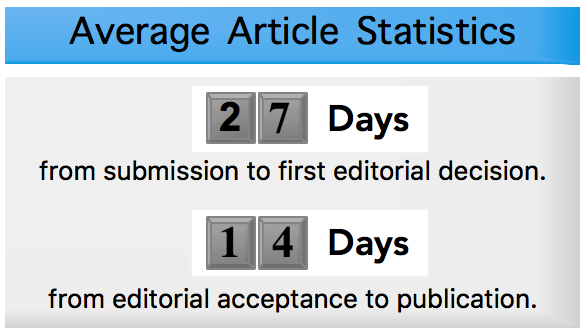Downloads
Abstract
In the present study, activated carbon is synthesized from a common type of agricultural waste in Vietnam - rice husks - by a simple activation method that combines chemical including NaOH and HCl with temperature. The resulting activated carbon exhibits the effective adsorption of ciprofloxacin antibiotic from aqueous solution with a maximum adsorption capacity of 51.199 mg/g. Modern physicochemical methods including X-ray diffraction (XRD), Raman spectroscopy, energy dispersive X-ray spectroscopy (EDS), scanning electron microscopy (SEM), and N2 adsorption and desorption (BET) have been used to characterize the resulting material. The zero charge point of the material has been determined. The effective adsorption of activated carbon for ciprofloxacin from aqueous solution has been demonstrated. With a solution containing 20 mg/L ciprofloxacin, more than 90% of ciprofloxacin is removed from the solution at the appropriate pH of 67 and adsorbent dosage of 1.6 g/L. The Langmuir and Freundlich adsorption isotherm models were used to study the adsorption isotherm of ciprofloxacin onto activated carbon and the results confirmed that the Langmuir model well described the experiment. The adsorption equilibrium time increased from 60 to 80 minutes when the initial ciprofloxacin concentration increased from 10 to 50 mg/L. The chemical nature of the adsorption is well described by the apparent second-order kinetic model.
Issue: Vol 7 No S1 (2023): Special issue: National Young Scientists Conference 2023
Page No.: 104-116
Published: Dec 31, 2024
Section: National Young Scientists Conference 2023
DOI: https://doi.org/10.32508/stdjns.v7iS1.1367
PDF = 74 times
Total = 74 times

 Open Access
Open Access 








